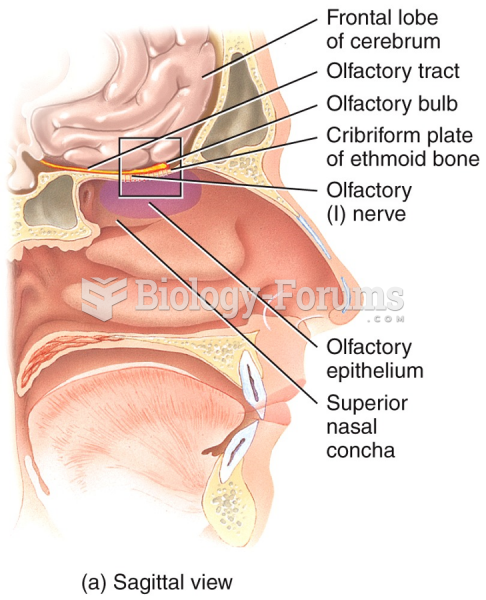Answer to Question 1
C
Identity refers to an orientation toward something associated with a strong emotional attachment. Being a nurse is about executing a number of roles in service to health and health care that are intertwined with the identity, talents, and values of each individual. This identity provides substance and motivation for work, which leads to an emotional connection to the profession.
The ability to articulate expected behaviors is not the definition of identity.
Commitment does not necessarily reflect identity.
Understanding history does not lead to identity.
Answer to Question 2
C
A large group of diploma and associate degree (ADN) nurses could benefit from seamless entry points and BSN tracts designed especially for them. Another group of potential BSN-prepared nurses consists of individuals changing careers after completing degrees in other fields. Programs to address the needs of these students have proliferated. RN-BSN and accelerated nursing programs that are seamless and easy to navigate would go far in helping nursing meet the goal of the National Advisory Council for Nursing Education that at least two thirds of the nursing workforce hold a BSN or higher degree. Programs that offer specialized tracts for RNs and second-degree students would also help ease the nursing shortage because they are typically shorter in duration.
Although the inclusion of community health nursing was an early differentiator between diploma and BSN programs, BSN programs have expanded well beyond this, and coursework for the BSN is more varied and complex than just simply adding a course in community health nursing.
Bringing faculty and classes to major hospitals might make it more convenient for non-BSN nurses to complete their degrees, but the logistics would be difficult, and enrollment might be small. This also only capitalizes on the non-BSN nurse working in hospitals and does not address the needs of second-degree students or those employed in other settings.
Alternative days and times for classroom and clinical experiences may help those who are juggling family or work commitments but would not address current trends in nursing or specifically meet the needs of students with diverse educational backgrounds.







